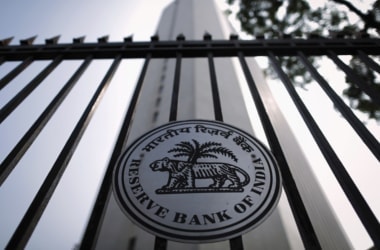
The Reserve Bank of India (RBI) on June 30th 2017 reported ongoing accelerated reform initiatives like goods and services (GST) and continuing political stability will push the economic growth scale.
It will reach 7.3% in terms of gross value added (GVA) in the current fiscal year.
The Financial Stability Report 2017 by RBI bases its optimism to the lower fiscal deficit at 3.2% for this year down from 3.5% in 2016-17.
Other factors are increasing public capex and support to poorer households, small businesses and the rural sector, to oil the economy.
Going forward, reforms in FDI and real estate sector, implementation of GST, and revival in external demand are likely to contribute to a better economic growth outlook.
GVA growth is expected to be higher at 7.3% in 2017-18 as per FSR.
On inflation, CPI inflation is to be in the range of 2-3.5% in the first half of the year and 3.5-4.5% in the second half.
Retail inflation, excluding food and fuel that remained sticky during H2 of FY17 at around 4.9%, dipped to 4.3% in April and 4.2% in May 2017.
This is largely reflecting the impact of decline in global crude oil prices on transport and communication and moderate price pressures in services.
While noting that the fiscal conditions of the Centre is on the mend, it expressed concerns on that of the states.
One is the deterioration in the states’ fiscal conditions and the other is increased leverage of public sector undertakings.
In absolute and relative terms, the size of net market borrowings of the states has been rising sharply, though their market liquidity has not improved commensurately.
This has implications for the further development of secondary market in government bonds, besides periodic redemption pressures.